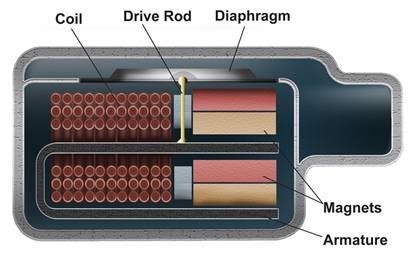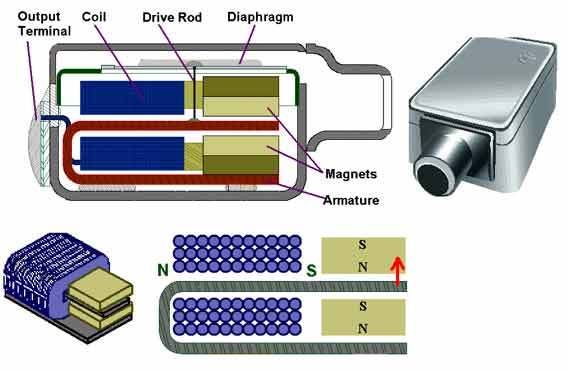stchenhua
Head-Fier
- Joined
- May 1, 2007
- Posts
- 69
- Likes
- 10
I just compared the harmonic distortion graphs of armature driver iems with dynamic headphones on headphone.com, and it seems that all the armature ones available on that site have much worse distortion than dynamic ones. Does anybody have a reasonable explanation on that?

You can check, for example, the graph of HD650
=255]http://graphs.headphone.com/graphCom...phID[]=255
compared with UE triple fi 10 pro
=675]http://graphs.headphone.com/graphCom...phID[]=675

You can check, for example, the graph of HD650
=255]http://graphs.headphone.com/graphCom...phID[]=255
compared with UE triple fi 10 pro
=675]http://graphs.headphone.com/graphCom...phID[]=675





